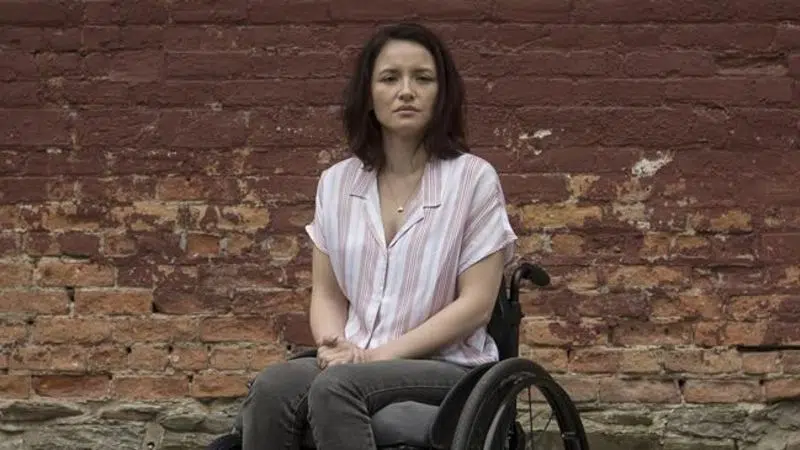
Toronto shooting survivor says details helped her as RCMP mum on B.C. cases
VANCOUVER — As the RCMP remains tight-lipped about why two young men may have killed three people in northern British Columbia, one of the survivors in Toronto’s Danforth shooting says she’s been following the story closely.
Danielle Kane said the Toronto police department’s decision to release a detailed report on its investigation provided her with clarity about what happened the night she was paralyzed from the waist down and insight into the man who shot her.
“It helped me process the whole thing and it also allowed the public to kind of figure out, well, what are the things that kind of lead up to this sort of thing happening? What are the factors?” she said in an interview.
“I think that’s important for the public to know, instead of just wild speculation, because that’s what’s happening now.”


